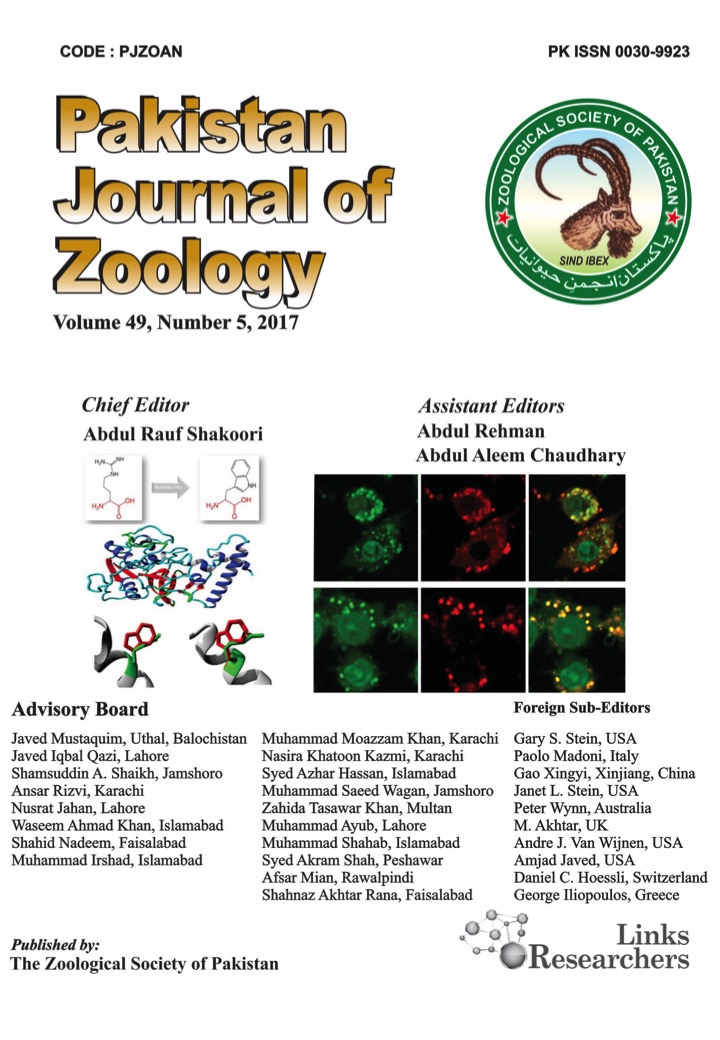Pathogenicity and Management of Root-Knot Nematode, Meloidogyne javanica Infecting Soybean Plants at Different Inoculum Levels
Pathogenicity and Management of Root-Knot Nematode, Meloidogyne javanica Infecting Soybean Plants at Different Inoculum Levels
Sahar H. Abdel-Baset1*, Mohsen E.A. Abo Rehab2 and Shimaa M.A. Mohamed3
ABSTRACT
Susceptibility of four soybean cultivars (Giza 21, 35, 82, and 111) to root-knot nematode, Meloidogyne javanica categorized according to damage index (DI). Data revealed that all cultivars were susceptible to M. javanica infection. Results showed that increasing inoculum levels of M. javanica infecting soybeans significantly increased root galling severity and damage index. Nevertheless, root galling was most severe on soybean cv. Giza 111as highest index was nine (inoculum population= 3000 J2s). Likewise, final nematode population in soil (J2s), and egg- masses/root system was increased with the increasing of inoculum levels of M. javanica on soybean plants. The comparison between infected and uninfected plants revealed a significant decrease in all growth parameters among the infected and control plants. Plant growth parameters reduced to a small extent at lower initial inoculum levels, however, at greater inoculum levels; the plant growth parameters significantly reduced compared to control plants. The nematicidal activities of ammonium sulfate, chicken manure, and urea 46%, alone or in combination tested against M. javanica. The obtained data revealed that the combined treatments of tested agents were more efficacious than individual ones. The nematicide Fosthiazate 10G significantly reduced egg masses, galls numbers, and the final nematode population in soil. A combination of (chicken manure+ urea 46%) occupied the second rank. Meanwhile, the combined treatment of ammonium sulfate + urea 46% was recorded as the third effective treatment. All tested agents affected total protein content, free phenolic compounds, and proline content.
To share on other social networks, click on any share button. What are these?





